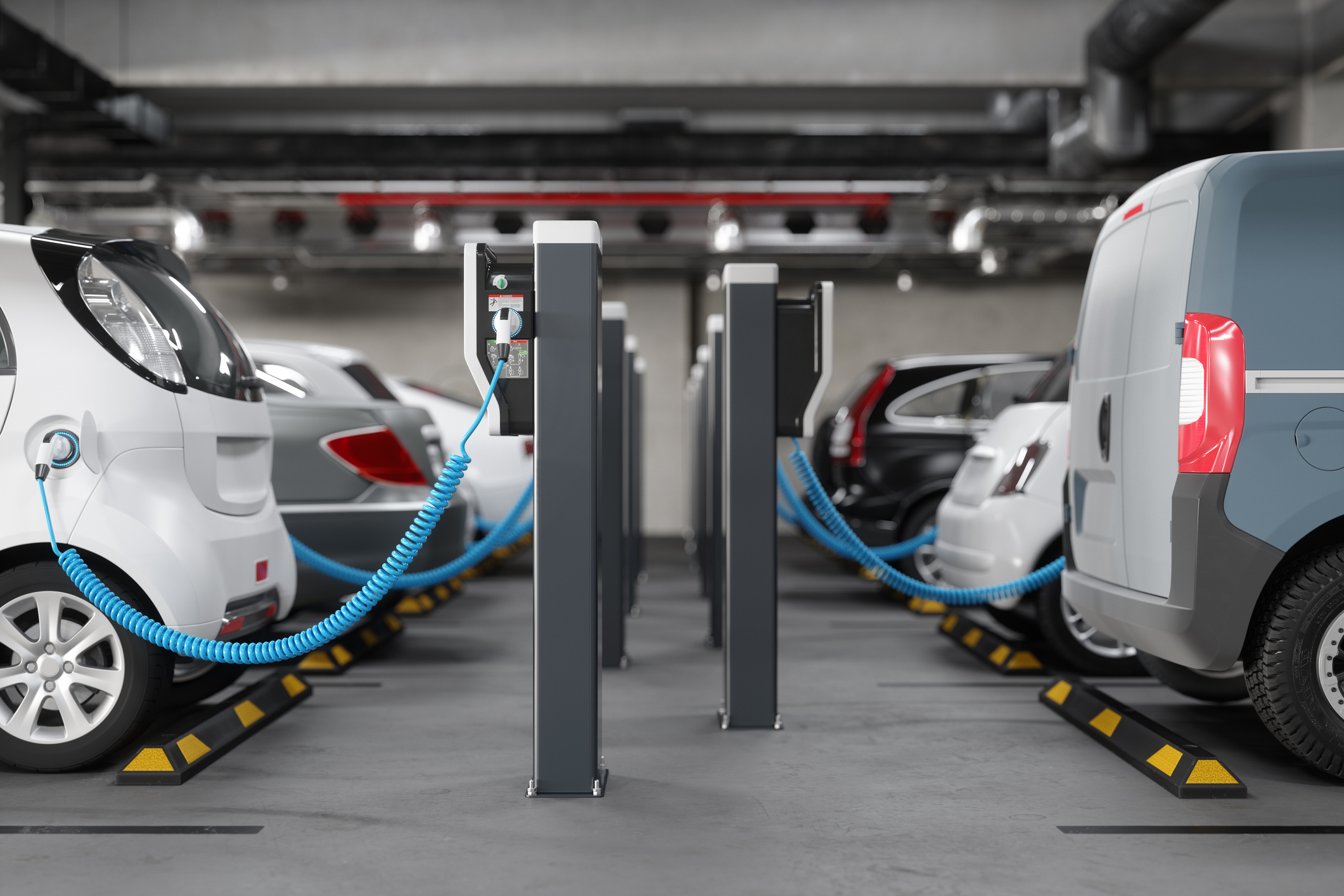In addition to temperature extremes, electrification efforts like distributed energy resources (DERs)—including electric vehicles (EVs)—increase demand on the grid. Fortunately, DER technologies have proven invaluable to the demand flexibility initiatives that have stabilized the grid in Texas this summer through the use of technologies like distributed energy resource management systems (DERMS) that manage all DER technologies, from your demand response programs to your EV managed charging solutions. By employing DERMS as a multi-functional technology, utilities can cut down on development costs as their programmatic initiatives evolve to account for the increased demand that EVs put on the grid.
Program Operating Costs
A report from the U.S. Energy Information Administration (EIA) indicates that the costs associated with developing, maintaining, and powering the U.S. electric grid have gradually increased over the last three decades. For example, in 2021 the cost to deliver electricity through transmission and distribution lines increased by 12%. According to BloombergNEF, the cost to upgrade the U.S. electric grid is a staggering $21 trillion. That’s why investing in demand flexibility initiatives—including EV managed charging strategies—is critical as a means of defraying the high costs associated with upgrading the grid.
Demand flexibility strategies include programs like demand response, EV managed charging, a variety of BYOD programs, virtual power plants, and any number of possibilities involving distributed energy resources (DERs). By far the most common program, statistical data indicates that more than 10m households were enrolled in residential demand response programs in the U.S. in 2021, indicating that many utilities are already engaged in demand flexibility initiatives.
There are costs associated with managing any demand flexibility program including determining the most cost-effective distributed energy resource management system (DERMS) to meet your needs, fees associated with API connections to behind the meter assets, customer engagement outreach and marketing, event forecasting, and more. In some cases, multiple program managers are running different types of programs independently from one another, adding even more costs when your existing DERMS manages all of your demand flexibility needs. Finding a DERMS partner that can scale to your needs while satisfying multiple programmatic objectives is an effective strategy to reduce operational costs while decreasing energy spending during peak demand, defraying infrastructure costs, and increasing grid resiliency.
Customer Experience
Managing the customer experience is critical to developing your demand flexibility initiatives. Your customers are integral to the short-term and long-term success of your program; without customer buy-in, your demand flexibility programs will falter. A 2021 study indicates that even without an incentive 63% of respondents acknowledged a willingness to participate in demand response. Customers want to participate. With the right DERMS, utilities can manage their customer needs, while providing the educational opportunities and materials needed to boost enrollment. By housing all programs under one DERMS, you can not only minimize operational costs but decrease the likelihood of things like app fatigue in your program participants.
How Distributed Energy Resource Management Systems Help
As with the electric vehicle market, the distributed energy resource management system (DERMS) market is expected to hit $16b in value by 2030, and for a good reason: there are more distributed energy resources on the market now than ever, and more to come. As an aggregation tool, distributed energy resource management systems (DERMS) are a necessary component of the demand flexibility programs that are already occurring around the country (and the world). DERMS are not limited to any one particular device type but can apply to any DER technologies including solar, battery, thermostats, water heaters, and, of course, EV technologies. The very same DERMS that powers your demand response programs can be used to power any number of EV charging demand flexibility strategies.
EV Managed Charging & Demand Response
As mentioned above, the most prominent example of demand flexibility is demand response, a proven conservation strategy that mitigates high energy costs while increasing grid resiliency. EV managed charging reflects a similar paradigm, to shift EV charging during peak times of demand. EV managed charging can function in many ways, from decreasing charging speeds to entirely shifting charging to different times of the day. While these two strategies aren’t identical in device type, they are both designed to conserve energy during periods of high demand.
V2G Charging
A step beyond EV managed charging, V2G charging is a reciprocal charging demand flexibility strategy that uses the battery as a mobile energy asset. V2G functionality allows program managers to pull energy from willing program participants to help balance the grid during peak demand, repowering the EV during off-peak hours to defray high energy costs, while increasing energy security. Just like EV managed charging and demand response, V2G charging initiatives are realized through the same DERMS that power your other programs.
Virtual Power Plants Anyone?
The concept of virtual power plants has shifted from concept to reality in recent years, as an effective and increasingly desirable demand flexibility strategy. Virtual power plants come in several shapes and sizes, including market participation, retail, and technical VPPs, each with a different path to mitigating reliability issues. Virtual power plants are designed to aggregate the various DER energy assets in an assigned area, which includes solar and battery: even EV batteries.
Why Your EV & DERMS Strategy Should Be All-In-One Conclusion
Developing and maintaining utility grid infrastructures is already costly, and with greater electrification efforts, grid congestion has increased exponentially, adding significant costs to already thin margins. With more EVs than ever adding encumbrance to the grid, developing a multi-approach strategy for your demand flexibility initiatives has never been more important. As with our rapidly evolving global energy portfolio, a diversity of demand flexibility strategies are required to help mitigate high peak electricity costs and energy insecurity. Fortunately, distributed energy resource management systems (DERMS) serve all DER technologies, from thermostats to the explosion of EVs.






